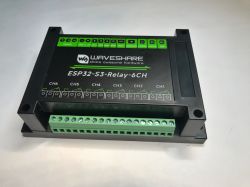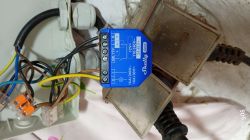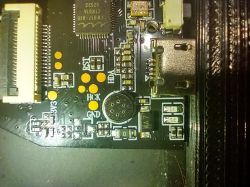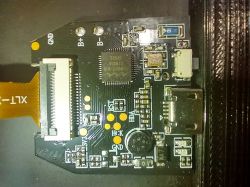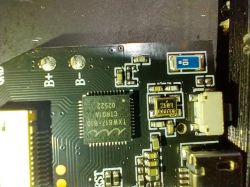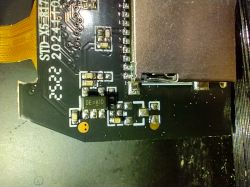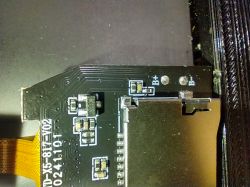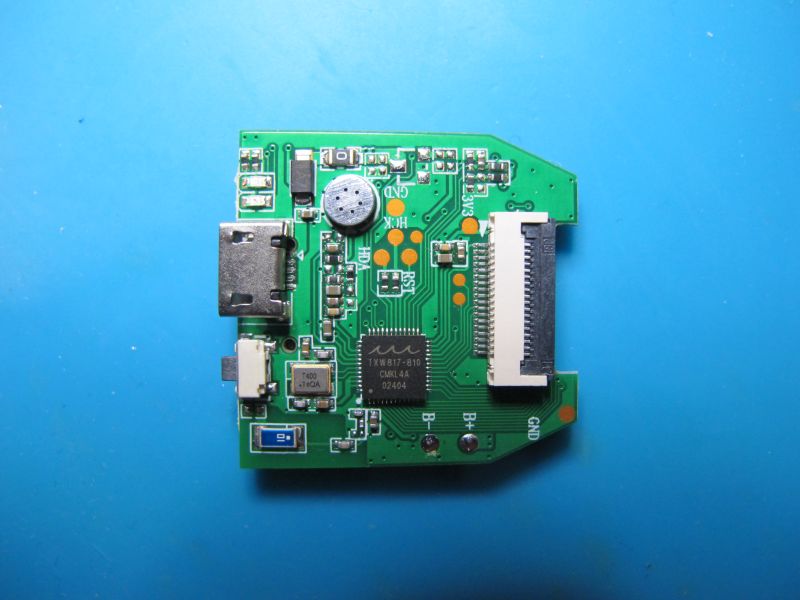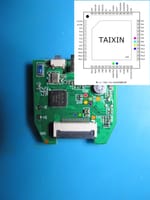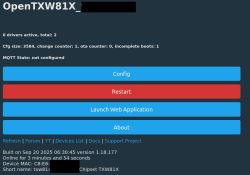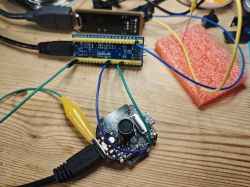I recently purchased the X5 mini camera from AliExpress, which uses the TXW817-810 SOC. The camera is connected to a proprietary app, and I'm concerned about potential privacy issues and Chinese spyware, as the video feed likely goes through servers in China.
I am looking for a way to flash this device with open-source firmware to eliminate these privacy risks. I am not an expert, and I need a step-by-step guide to accomplish this.
Here is what I've determined so far:
The SOC is a TXW817-810. I've been unable to find a datasheet or a verified working open-source firmware for this specific chip.
The PCB appears to have no external flash memory, suggesting the firmware is stored directly on the SOC itself.
I want to retain the ability to stream 1080p at 30fps with H.264 video encoding.
I have the following tools and need guidance on how to use them:
EZ-USB FX2LP CY7C68013A USB Core Board (USB Logic Analyzer): I want to use this to monitor the microSD card on boot-up. Could someone provide a diagram or instructions on which GPIO pins on the logic analyzer should connect to the corresponding pins on a microSD card sniffer to check for boot-up access?
USB to 4-way TTL serial port (FT4232HL chip): I need to connect this to the UART on the camera's PCB. Can you help me identify the correct UART pins on the board and provide instructions on how to connect the TTL serial port to them?
I've looked at similar forum posts, but haven't found a directly applicable guide for the TXW817-810 SOC. Any guidance or assistance in "baby steps" would be greatly appreciated.
Thank you in advance for your help!
I am looking for a way to flash this device with open-source firmware to eliminate these privacy risks. I am not an expert, and I need a step-by-step guide to accomplish this.
Here is what I've determined so far:
The SOC is a TXW817-810. I've been unable to find a datasheet or a verified working open-source firmware for this specific chip.
The PCB appears to have no external flash memory, suggesting the firmware is stored directly on the SOC itself.
I want to retain the ability to stream 1080p at 30fps with H.264 video encoding.
I have the following tools and need guidance on how to use them:
EZ-USB FX2LP CY7C68013A USB Core Board (USB Logic Analyzer): I want to use this to monitor the microSD card on boot-up. Could someone provide a diagram or instructions on which GPIO pins on the logic analyzer should connect to the corresponding pins on a microSD card sniffer to check for boot-up access?
USB to 4-way TTL serial port (FT4232HL chip): I need to connect this to the UART on the camera's PCB. Can you help me identify the correct UART pins on the board and provide instructions on how to connect the TTL serial port to them?
I've looked at similar forum posts, but haven't found a directly applicable guide for the TXW817-810 SOC. Any guidance or assistance in "baby steps" would be greatly appreciated.
Thank you in advance for your help!



